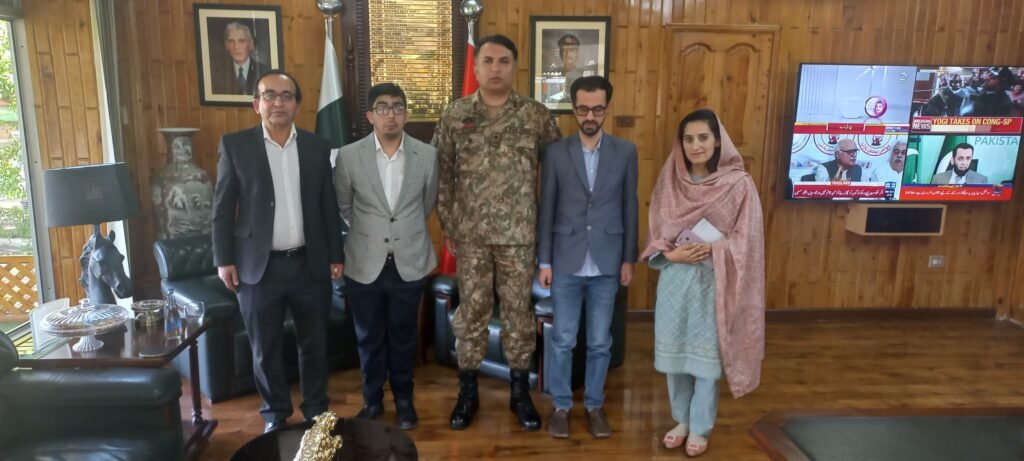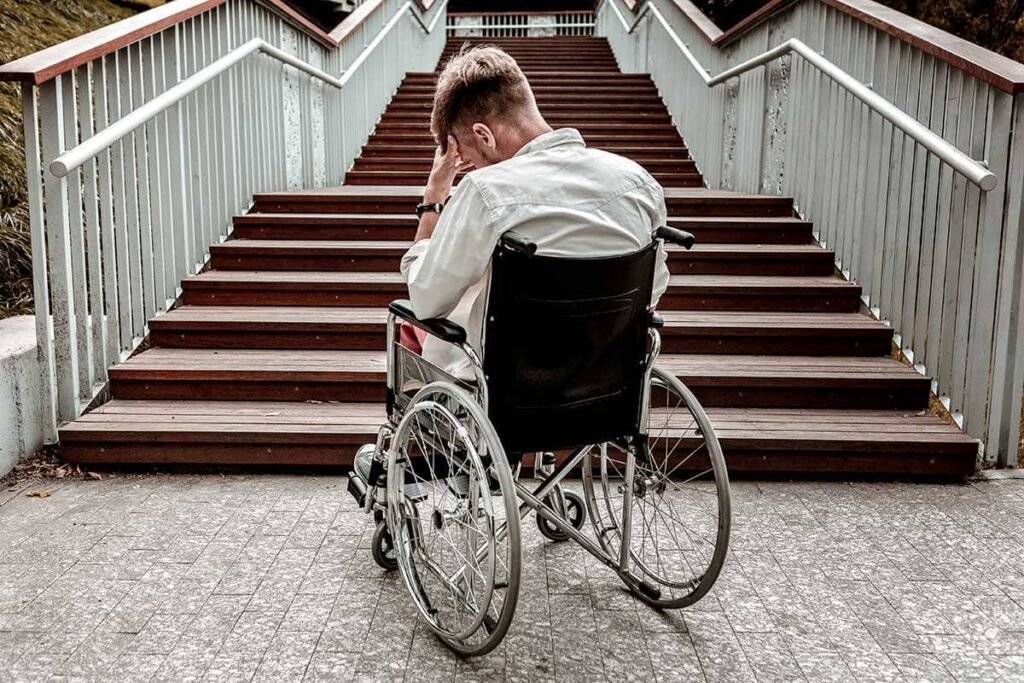To understand what it means to be able or disabled, it’s essential to delve into the definitions and societal implications of these terms. Here’s a comprehensive exploration of the concepts:
Definitions and Societal Implications
Able-bodied: This term refers to individuals who do not have significant physical or mental impairments affecting their daily activities. Able-bodied individuals can typically perform tasks and engage in activities without needing special accommodations or assistance.
Disabled: Being disabled refers to individuals who have physical, mental, or sensory impairments that significantly affect their ability to perform everyday tasks. Disabilities can be visible (such as mobility impairments requiring a wheelchair) or invisible (such as cognitive impairments affecting memory or learning). The concept of disability is not solely about the impairment but also about how society structures its environment and systems, often in ways that do not accommodate people with diverse abilities.
Differentiating Between Able and Disabled
Traditional Perspective: Traditionally, the distinction between able and disabled is based on the presence or absence of impairments that affect a person’s functioning. However, this binary perspective can be limiting.
Modern Understanding: Modern understanding emphasizes a spectrum of abilities and disabilities, recognizing that everyone experiences some form of limitation at different points in their lives. For example, an able-bodied person might temporarily be disabled due to an injury, illness, or aging.
Social Model of Disability: This model argues that disability arises not from the impairment itself but from societal barriers and attitudes. For instance, a person who uses a wheelchair is only ‘disabled’ in environments that lack ramps and elevators. This perspective shifts the focus from the individual’s limitations to the need for societal change and inclusivity.
Able People Experiencing Disability
Even able-bodied individuals can experience limitations akin to those faced by people traditionally labeled as disabled:
Temporary Disabilities: Injury, illness, or aging can result in temporary disabilities. For instance, a broken leg might require someone to use crutches, temporarily limiting their mobility.
Psychological or Emotional Challenges: Able-bodied individuals might face psychological or emotional challenges that impair their functioning in certain contexts, such as anxiety or depression affecting their ability to work or socialize.
Situational Impairments: An able-bodied person might feel ‘disabled’ when traveling to a country where they do not speak the language, facing communication and navigation barriers.
Bridging the Gap
Closing the gap between able-bodied and disabled individuals involves several key strategies:
Community Leadership: Empowering community leadership to take initiative is crucial. Strong community leaders can promote inclusion for persons with disabilities by fostering environments that support diverse needs. This leadership can be within any type of community, not just religious but also social and physical communities.
Inclusion and Accessibility: Creating inclusive environments that accommodate diverse abilities is essential. This can involve:
- Infrastructure: Ensuring public spaces are accessible to all, such as ramps and elevators for mobility impairments.
- Policy: Implementing policies that promote equal opportunities for people with disabilities, such as inclusive hiring practices and anti-discrimination laws.
- Education: Raising awareness and educating the public about disability issues to reduce stigma and promote understanding.
Empowerment Through Inspiration
The poetry of Allama Iqbal serves as an inspirational call to action: “May the darkness of this world disappear through this life of mine. May every place light up with the sparkling light of mine.” These lines underscore the potential for each individual to contribute positively to society and bring about change, highlighting the importance of individual and collective efforts in promoting inclusivity.
Conclusion
Understanding and addressing the distinctions between able and disabled requires a holistic and inclusive approach. By shifting from a binary perspective to one that recognizes a spectrum of abilities, society can better support and value the diverse experiences of all individuals. Empowering community leadership, creating inclusive environments, and fostering understanding are key steps in bridging the gap and promoting a society that values the contributions of everyone, regardless of their physical or mental capabilities.



